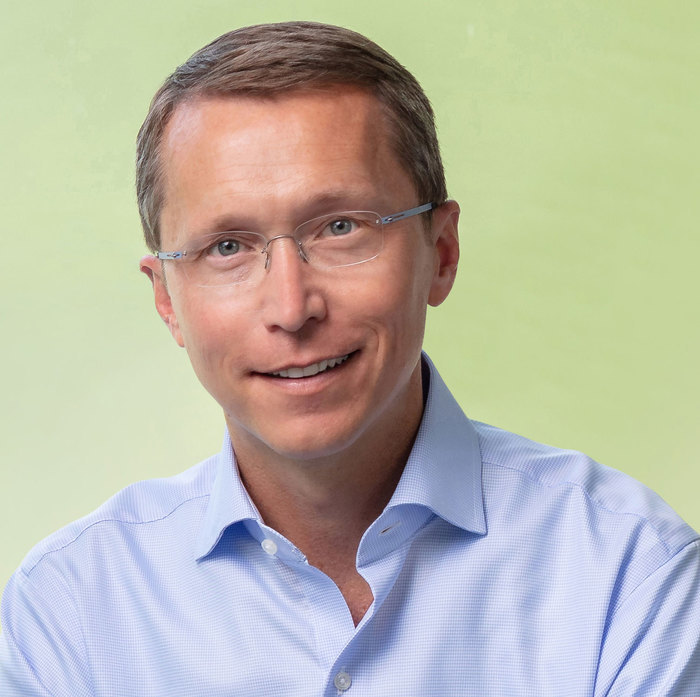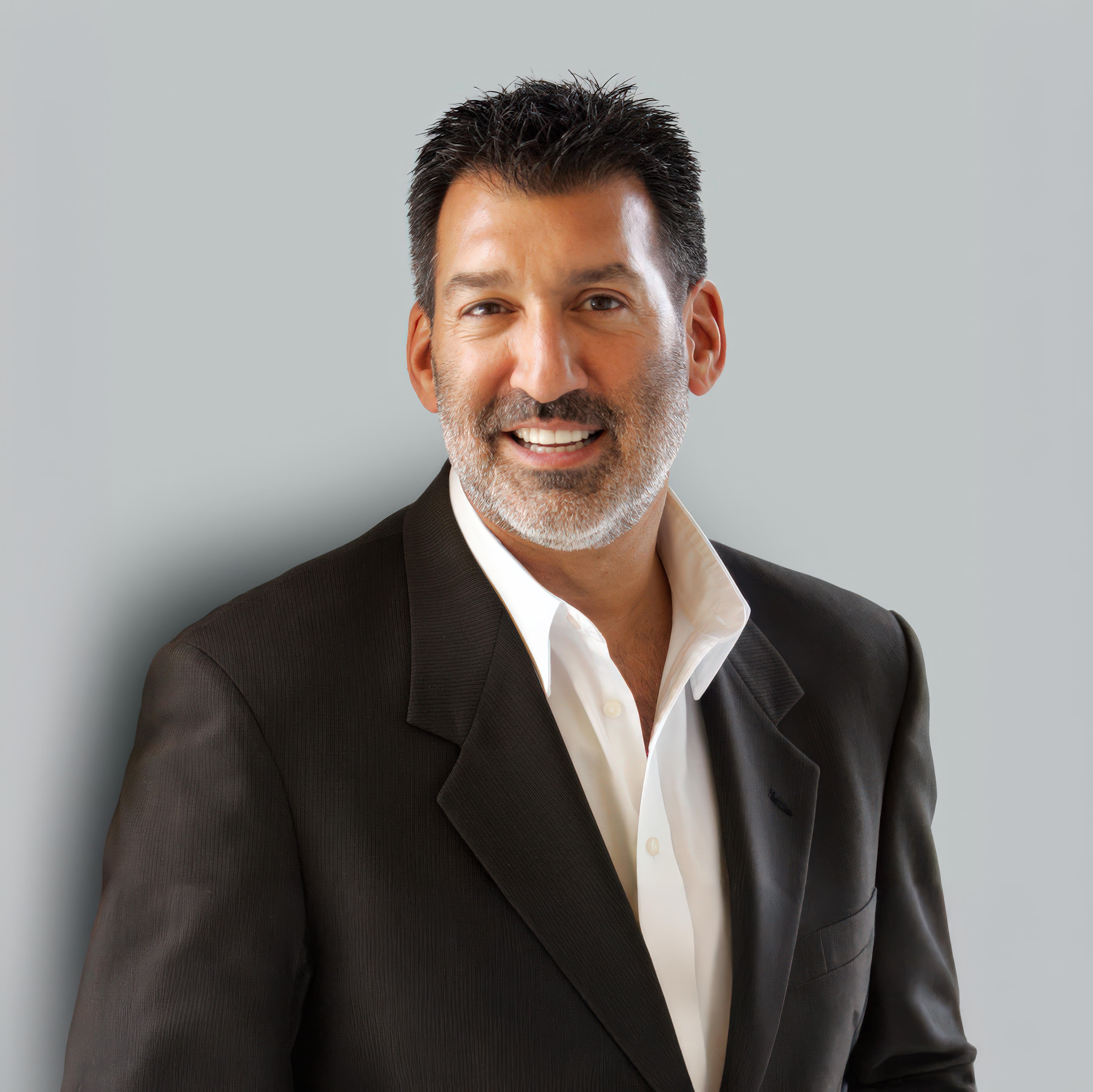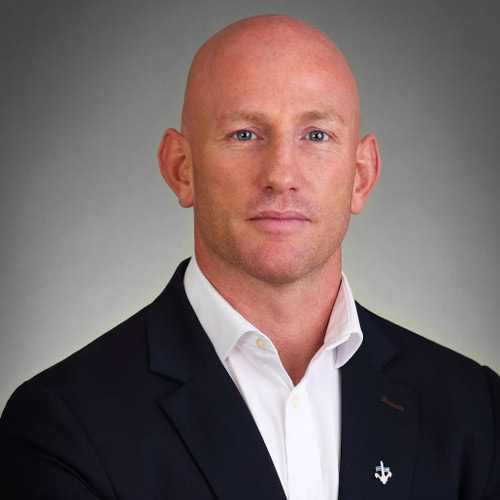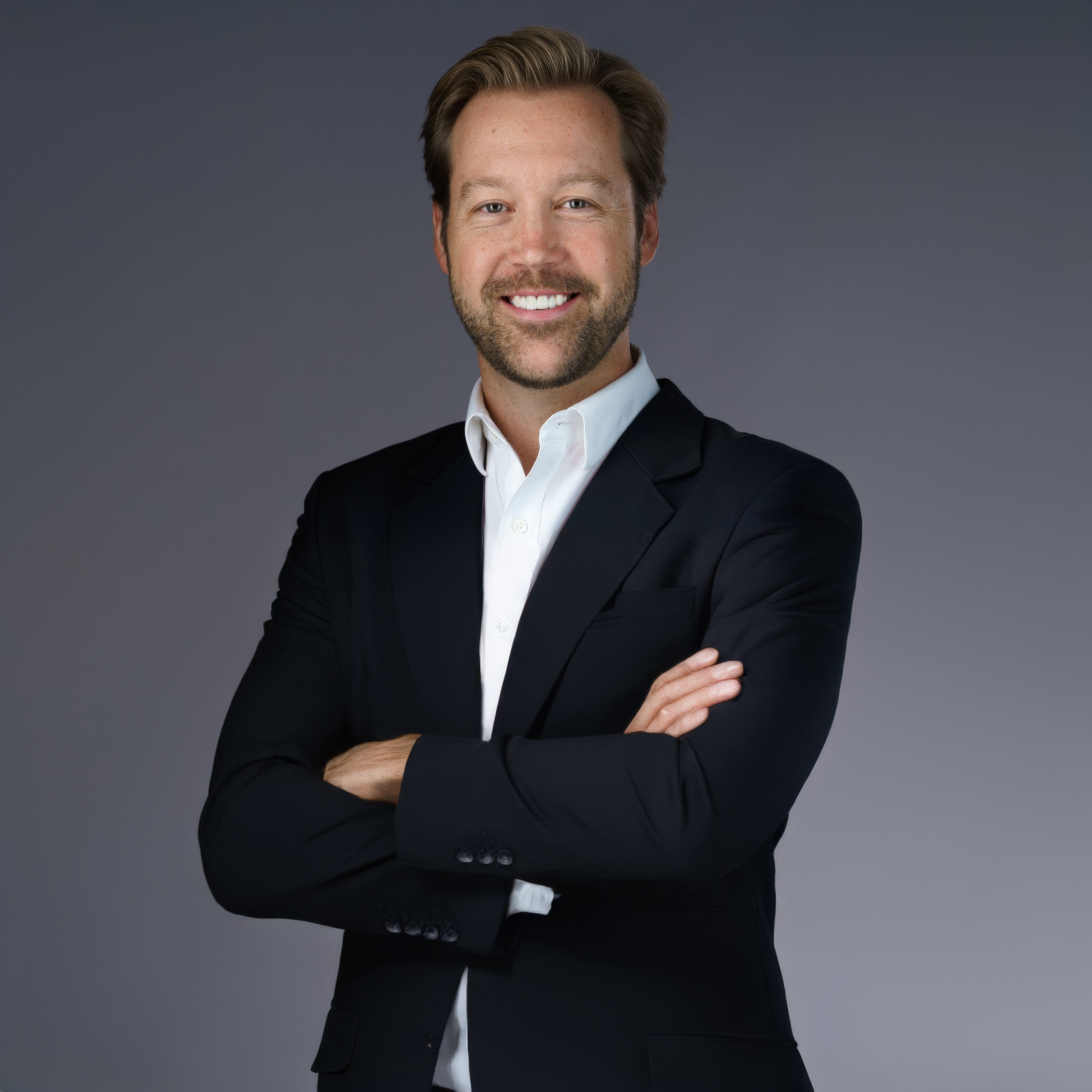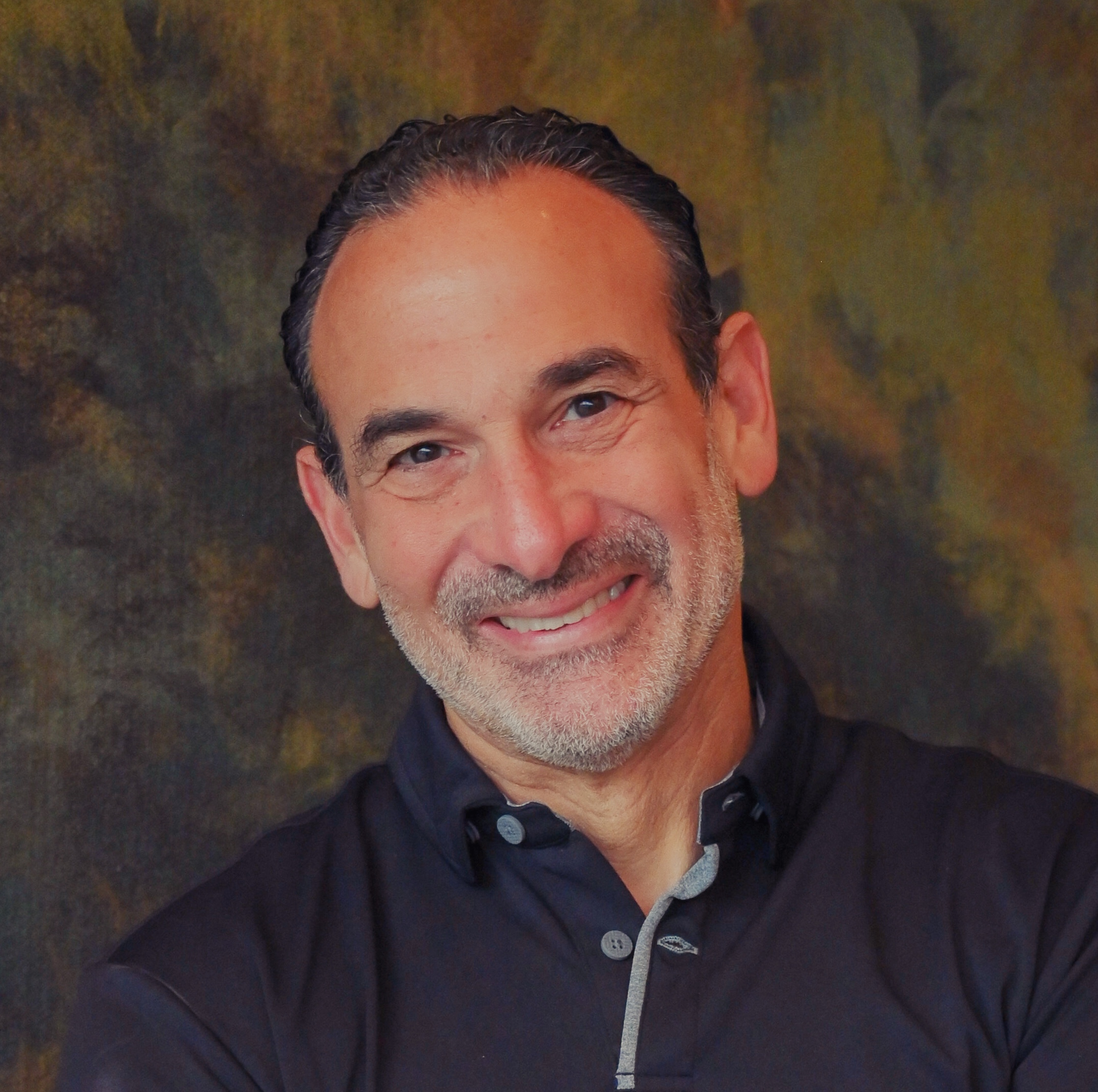RV (00:58):
I am filled with joy to reconnect with an old friend who I never really knew that well, but I always found that he was so humble and gracious. Especially for his stature. You are about to meet Tom wrath and you probably will recognize Tom Rath. He has sold over 10 million copies of his 10 different books. And my favorite stat about Tom is that his book StrengthFinders 2.0 is the all time bestselling nonfiction book ever on Amazon. So, you know, we have a lot of bestselling authors, but Tom is the best-selling author. When it comes to non-fiction, of course, he spent over a decade at Gallup and you know, it was, it has been a senior advisor and, and a senior scientist there for years and years and years. He’s got degrees from the university of Michigan and Pennsylvania, and he’s written several books.
RV (01:58):
His first was, how full is your bucket? I interviewed him on my old podcast. When are you fully charged? Came out and he’s got a real passion for balancing productivity, with wellbeing. And you know, so we had a conversation about that and then we lost touch for a couple of years and we just recently reconnected and turns out he’s actually in the world of publishing among other things. He’s doing some leadership training, which you’ll probably hear about, but he’s in the publishing world and he’s helping other authors, you know, to do some of the things that he’s done. And anyways, just Tom is so good to see you and, and to be reconnected my friend, welcome to the influential personal brand.
TR (02:39):
Good to see you as well. And thanks for inviting me to join you.
RV (02:42):
So I only have one question, which is how do you sell 10 million books? Can you just give us the answer really quickly and like one sentence share with us secret?
TR (02:52):
You know, I think the reason that a lot for that number most likely is the way that a lot of the teams I’d worked with a Gallup over the years put together in addition to the concepts that went around the book about essentially focusing more of your time in the areas, we have the most talent over the span of a career. They were able to put together a pretty good application that in addition to just being a book and a concept, it gave people something to do. And so, I mean that, according to the latest numbers I’ve seen from Gallup looks like, I mean, maybe 10 million people have read that book, but I think over 25 million people have gone through that Clifton strengths assessment that goes with the books. And I think that’s really helped a lot of people to have a new lens into who they are and how they can contribute in different parts of their career.
TR (03:42):
And so it’s, it’s been fun for me to see that take on a life of its own. And it’s also been a really good learning for me around books and publishing where I think in, in this day and age where, I mean, it’s so much easier for any of us to just let the Netflix show play automatically. If you want somebody to really embrace and think about more learning oriented instructional type concepts, I think it always helps to give people something to do in addition to just something to read or listen to with the traditional books that you and I have been so used to.
RV (04:15):
Yeah. So I I’d love that. That’s fabulous. I mean, what what what that’s actually a very clear answer to. I was being kind of facetious, right. Tongue in cheek. That’s a very clear answer. And, and, you know, I think the assessment is, is very famous, right? I mean, StrengthFinders and, and, and that clearly 25 million people, how do you go about it? There’s, there’s two things. W you know, when I think of when I think of strength finders, which still to this day, I think it’s like almost every week sells, you know, 8,000, 10,000, 12,00 7,000 units every single week. I think of the research and I think of the assessment and those to me are two things that I would say are intimidating for authors, right. Let me just speak for myself and say, it’s somewhat intimidating to go. You know, if you don’t, if you don’t have that background of working at gala, or you don’t feel like, you know, assessments, what qualifies as valid and what isn’t, and, and, you know, are there, are there certain ways, and maybe we should talk about those separately research versus assessments. But you know, I, I’d love to just kind of hear your thoughts. I know you, you guys really started the whole Gallup publishing, you know, division while you were there and a number of the books, not just yours, but several others are really based in both research and then have, you know, other tools around them.
TR (05:41):
Yeah. You know, one of the things I’ve observed and I’ve probably like you, I’ve been a student of business and non-fiction books for 20, 25 years at this point. And I, and I speaking across all the books I’ve read and followed, I think the ones that I would say are true evergreens that sell year after year and decade after decade there, there are a lot of cases where it doesn’t require an inordinate amount of original or proprietary research, and it doesn’t require a lot of technology or a fancy website. I think a lot of those really timeless books that I think I’ve had some of the most influence on people, both personally and professionally, it’s about boiling down a few central or Seminole concepts. And then most importantly, giving people either a new lens to look through in terms of the way they act and think and behave on a daily basis or giving people something to do.
TR (06:38):
I mean, I look back at, I was just challenging a few authors that came to us and for one does to publish their book and said, you know, if you really go back and look, I mean, back the origins of mega business books, you start with one minute manager who moved my cheese, who moved my cheese was kind of essentially, it was like giving your employees a subpoena to say, you need to get ready for change and deal with it. Or you might not make it here. Right. And when we worked on how full is your bucket? I mean, that was the first book I ever really spent a lot of time on. And that was a, such a simple message. You got every time you interact with a customer or another employee, or one of your friends or your spouse, maybe it fills their bucket a bit, or it takes from it it’s rarely neutral or in between.
TR (07:21):
And what people at do. There was just an incredibly simple metaphor to help you think differently about each of your interactions with other people. And then when we worked on that book, one of the things I was kind of insistent on that people didn’t agree with me about it first was we had these drops that Gallup would develop, which was a simple note card. And it said, I it’s a drop for your bucket. And you just write in there, what you appreciated about what someone did during the day. And we put five of those drops in the back of every book and it costs another 30 cents or whatever, to put the packet in the back with all these drops, but that really caught on in public schools around the country. And so now you walk into almost any school district in America, I would say they have these walls with drops for your bucket.
TR (08:06):
And there’s a kid’s version of that book. And, and I don’t think any of that would have taken place if you didn’t give somebody something really simple to do. And so I think that’s just, that’s one small example of a book that caught on with something very simple that wasn’t entrenched in all of that research, and it didn’t require a complicated website or scientifically validated application, but I would challenge any author to try and boil their message down to something that basic. And I mean, you saw it with some of the activities and what color is your parachute? You see it with the five love languages it’s sold for year after year after year. I mean, I could go on about books that kind of sprint methodology and startups or lean startup where it’s, it’s a methodology essentially. And so I, I always authors to try and bring it back to something that basic that people can really latch onto and use with their teams.
RV (09:02):
Yeah. I, you know, it’s funny cause when I think about take the stairs, so one of the lessons that we use as a cautionary tale is my second book procrastinating on purpose, which I think is a much better book, a much much more original premise. Yeah, we did a Ted talk that did really well. It had a few million views, but it doesn’t sell as well as take the stairs, which is to me take the stairs is a much simpler book. It’s timeless principles. And yet to what you’re saying, I don’t think we did a great job necessarily with either of them in terms of like giving something to do, except the actual metaphor of take the stairs and doing things you don’t want to do. People do it even still, it’s been almost 10 years, that book has been out. People send me pictures, they tweet at me. Yeah. Took the stairs today in Minneapolis. And it’s amazing just the lifespan that, that has, like you’re saying not just an idea, but in action and exercise. So you’re, you’re saying it’s not so much about the science or the research methodology. It’s more about I guess creating some physical evidence in the person’s life that exists posts, reading the book versus prereading the book.
TR (10:23):
Yeah. I think that’s a really important thought in there or because my highest level goal with any book project I’m working on is that when someone finishes reading it, they do just one thing differently in their lives on a continuous basis. And I think even that’s a high bar, I most people put down a book before they even finish it. I think maybe a third of books get finished. And then if someone does finish a book, the odds of that actually changing their behavior might be one in 10. So, I mean, if you aim for something like that, and then you get a critical mass of people who start to have that conversation and share it with others, and there’s, there’s also something about the, share it with others because my, my second goal with any book would be that someone wants to have a conversation with a friend or coworker or colleague about it.
TR (11:13):
And so, and let me go back to health. Was your bucket for a second? We learned really early on when we started, but we poked. That was the first book we published is Gallup crest and w the whole time I’d been working on that book, the title I really wanted was why negativity kills. And so we agreed, we test everything at couch. So we put out 10 or 15 titles, got a big sample of people and said, what title do you like most, or suggest another one and an analyst who is working in gala at the time said, well, how about how full is your bucket? Cause it’s kind of based on that metaphor, I thought it was odd and quirky and probably wouldn’t work, but we tested it and it crushed the title I had up there about 10 to one. And so sure enough, that was the title that resonated with people. And so I would also encourage writers to do kind of basic AB type methodology testing to figure out what messages do people remember and maybe give them a heuristic that’s likely to change their behavior, like taking the stairs really early on in the process. So now nowadays we test titles before we write books
RV (12:19):
[Inaudible] and then the share it with others. Part is the talk, tell me, tell me more about that. So you’re just saying like, is there a, is there a way of thinking and approaching the project or is it, is it just as simple as that going, how can I structure this concept in a way that it naturally facilitates a transference to someone else?
TR (12:44):
Yeah. And that’s, I think in the most recent book I worked on it, we were kind of publishing and then put on hold for a bit in March of 2020, it’s called life’s great question. But it’s a book that has a, an inventory that goes with it and it allows each person to put together a baseball card of how they want to contribute to a team or a project or a company. And we gave people two unique codes. They kind of scratch off in the back of that, so that they can sit down with a colleague and have this discussion about how each person can contribute uniquely to a team. And they kind of, in that way, you have a one pager for each person in a room when you sit down as a new project team. And so that was an attempt to give people an opportunity to share that code and to have that conversation.
TR (13:31):
And so I’m always looking for ways to kind of build that in both practically and back to your point about procrastination. I think you need to find topics that people want to have those conversations about. So, I mean, I could write a whole book on mistakes with publishing and writing books based on my experience. But one of the things I learned was I wrote a book. I think it was after help was your bucket called vital friends. And it was all about how to make more friends at work or how to have better friendships at work. And nobody really wants to have that conversation and it’s a difficult conversation to broach with another person. Right. And so, I mean, even though that would put a lot of research into that, where there was an application with that, I think you need to have conversations that are easy to move around that a manager wants to share the book with somebody on her team or a leader just naturally talks about it when they’re out in groups and circles.
TR (14:24):
And just an example from this past week, I had a colleague out of this retreat center that we ran and he kept talking, I couldn’t stop him from talking about a book he read, I think it’s called breath. And it’s all about a lot of people are talking about that. I mean, it just permeated our conversations for two or three days. So now I’m going to go read that book and the next time I get a chance, right. So you want more and more of that, it’s kind of that, that’s what leads to evergreen books in my, his organic word of mouth more than anything else.
RV (14:55):
Hm. So, gosh, that’s so amazing. And you know, I think in, in the, you know, I, I think I’ve taken the stairs and I go, gosh, that’s, that’s probably the luckiest thing that we just did. Was we just, it was just that metaphor of like, you take the stairs and your family’s like, what are you doing? And you’re like, well, I read this book, you know, I saw this guy and, and and, and, and then, you know we have one of our friends is Hal L rod. He wrote the miracle morning, which was, self-published a self published book, you know, has sold 2 million copies because he gives people this, this morning routine that they go through, Dave Ramsey’s you know, seven baby steps for total money makeover of how to get debt free. And you know, another friend, oh, go ahead.
TR (15:43):
Well, I was just going to try and I was going to add one there, you’re talking like that. I mean, the number of people that have done that whole 30 diet, and I think it’s because it’s such a quick 30 day regimen, so it’s kind of a practice like you’re saying. Yeah.
RV (15:54):
Yeah. Well, and, and so, and then Donald Miller, StoryBrand, you know, it was his, you know, his new, his first business book and he created this SB seven framework, which is basically like a checklist that you would fill in and he gave a tool to go. Here’s how to come up with the words you need to tell your story. I mean, they really, there’s a lot of really great examples that fit what you’re saying. Let’s talk about assessments for a second. How do you go about establishing in an assessment? I mean, does it, do you think there are help? I mean, are there certain like academic rigors that you think somebody has to take or is it you know, is it, is it pretty complex or do you think it can be very simple?
TR (16:43):
It depends on what you’re talking about. And I’ve spent probably too much time thinking about some of those distinctions or my career where, when I first started at Gallup, I was working with my grandfather, Don Clifton. Who’d been kind of a leading scientist in the strengths and positive psychology field. And he put together thousands of interviews for jobs over the years. So I was like, what does it take to be a great teacher? What does it take to be a great truck driver? What does it take to be a great chef and all these different talents? And so the project I worked on with Don, when I started there, it was could we put all of his ideas together in one big inventory or assessment and pull together a way to identify the most common human talents across all these occupations that he’d seen.
TR (17:27):
And so really it was 25, 30 years of his work that went into the creation of that one big assessment. And as we put that together with a leading academic at Harvard and a guy at UCLA at the time we test it with college students, a lot of the star, but all of the scientists at gala and I were looking at what are the liabilities, these themes or categories to make sure they were statistically distinct when you looked at this factor analysis across that. And so there was a lot of real scientific and academic rigor and even more decades of conceptual knowledge that went into something like that. So that I would say is a big endeavor, millions of dollars and decades of research go into something like that. And that’s kind of a dedicated assessment, obviously companies and governments and schools use all over the world. Now, I think if you’re looking more at a, what I would call a quiz or a test that authors can put together to give people unique insights around a book that normally doesn’t require all of the testing and all of the rigor and the background and statistics and scientists and those pieces. And I’ve seen a lot of good tools people put together, but I’d call them tools or tests or quizzes that give people practical and unique insights without doing years and spending millions of dollars on R and D. That makes sense.
RV (18:53):
Yeah. Yeah, absolutely. I mean, we had, we, again, just, we had one called the focus 40 and take the stairs that it was, you know, just to quit is a quiz. People love that thing. I mean, it’s crazy. They take it and, you know, there’s only like five things they to that’ll come out and they’ll spit out some, you know, a couple of words of encouragement basically for, and it’s amazing people, people love it, but to your point again, it’s like, it’s something for them to do to help them apply to apply all that information. But so, so if you, if you really do want to go through the work of creating, you know, a statistically valid assessment, then you’re probably partnering with somebody who is a, is a data scientist or somebody who knows statistics and that kind of a thing.
TR (19:40):
Yeah. And I mean, aside from the StrengthsFinder work that I know a lot about and is involved with, there are a lot of really popular a set personality type assessments people use out there that don’t have that much science behind them as well, but yet I’ve heard people say they’re very practical anecdotally. I mean, really from my vantage point, if something gives you more confidence in what you want to do and more self-awareness, and, or it leads to meaningful conversations with other people about how they can develop and how you can work together, that has a benefit. So I, I’m always trying to put things to kind of the test of practicality. And one thing I do, I mean, one of my concerns is like you were mentioning, everybody loves these quizzes because they essentially turn a mirror around and help you to look at yourself in a different way. Right. but in a lot of the work I’ve done lately and some of the conversations I’ve had, I really like to challenge people to look in more of an outward direction and spend even more time thinking about what the world needs, how they can make a contribution to that. Because I think we’ve, we’ve spent a lot of time looking inward in some cases.
RV (20:55):
Hmm. Yeah. I I’m, I’m excited about that. I noticed. So the, the theme, so life’s great question. And then also it’s not about you, which is a brief guide to a meaningful life. These are some of your, your newest works, right. Are they, did, you said you paused it,
TR (21:13):
It’s not about you as an exclusive project with Amazon published on the first of 20 January 1st, 2020. And it was kind of a short, shorter story preview of the ideas in life’s great question. It was kind of a story book. Hey, all, it was all just story and life’s great question had the research and the application and that inventory I was telling you about. And we were launching the live screen question book in March, 2020, and it had just launched. And then everything hit with the pandemic. And so we just kind of stopped all of our launch and publicity and all of my interviews turned into conversations about what do I do now that I’m at home with five kids and how do I manage? And and so we, I just went with the conversation and what was relevant to people at that time. And I think once people get back into the world of work, we’ll kind of relaunch that and get back into it because it’s a tool that a lot of people who did get their hands on, it found some benefit and based on my experience. So it’s, yeah, it’s, as someone who’s studied the modern workplace and the relationship between people and their work for the last 20 years, it it’s been a complete realignment of everything I thought new and really fascinating to study and watch over the last 14 months.
RV (22:27):
Yeah. Yeah. Well on that note, I have, I do have one other question I’d love to ask you before I let you scoot off, but the where do you want people to go if, if they want to connect into you, I know you have your leadership retreat center that you’re doing in Washington, like in the DC area where do you want people to go to connect up with
TR (22:48):
You? Yeah, I’d encourage them to go to Tom rath.org where there’s info about all the books. And there’s the website for the tool I was talking about the inventory it’s called [inaudible] C O N T R I B I F y.com. And that’s the inventory where people can put together a profile of their big experiences in life and where they can contribute to others. And I I’d love to get people thinking a little bit more about what are the things that the communities and circles around me need, my customers need. And then how do you map back to what your talents are and what your strengths are and how you can put those things together to have a, I guess, a more meaningful and energizing career, which is the big target I’m always spending time thinking about.
RV (23:32):
Yeah, well, so related to that, I, I, you know, I wanted to ask you about humility. I mean you’ve sold so many books. I mean, you were a lead scientist and influencer Gallup you know, you teach at top universities, you know, invited to speak and all these places how do you manage to kind of keep the level of humility? I’ve, I’ve, I’ve always been so impressed at how gracious you are. And I, you know, especially, you know, when you’re in a world of academia and things, you mean, you just have so much notoriety, but you, you never come across as pretentious or you know, pompous or arrogant at all of, of all, you know, and so many of the people that I’ve ever met, it’s like, if, if somebody does you, you’d probably be on that list. So why aren’t, why aren’t you more of a jerk? Oh, I’ll work on it. The promise.
TR (24:34):
But no, I, I mean, I, I think I’ve, I feel like I’ve been, we’ve all had our challenges in life, but I feel like I’ve been pretty fortunate to be surrounded by really smart people who I’ve enjoyed working with. And I’ve got my, my kids are 10 and 12 and my wife who they’re, they, they do a good job of keeping any ego from being in check on a daily basis. It’s, you know, what I’ve observed over the years is I’ve spent a lot of time interviewing leaders of big companies and organizations. And some of the ones that I’ve admired the most over the years are the ones who try and keep themselves in the background and they really learn to thrive off seeing other people succeed. And I, I was mentioning this when you and I had a brief conversation before that in the last year, I’ve spent more time on publishing other authors and thought leaders and republished the book by the former chairman of the joint chiefs and Patty McCord from Netflix.
TR (25:34):
And I’ve actually enjoyed working on those books more than I’ve enjoyed working on books that I bothered lately. And I’ve probably been happier and taking more pride in some of their success. And I, I think that’s a theme that in the next 15, 20 years of my career, I’d like to do even more of that. And again, I think that, you know, I spent enough time, 10 years ago over the last 10 years, studying wellbeing to learn that if you want to increase the collective wellbeing of the world and of your family and society the best way to improve wellbeing is to not be focused on your own happiness and to just direct as much energy as you can outward. So I’ve been trying to practice that and live that over the last 10 years and it’s has been helpful.
RV (26:22):
I love it. I love it. Well, Tom wrath, my friends we’ll put a link to Tom rath.org. Make sure you stay tuned. Life’s great question. Of course, is the book that came out most recently that right before COVID March 20, 20
Speaker 2 (26:37):
Boy, you picked, you picked a perfect time
RV (26:40):
For that, Tom, thank you so much for your encouragement and support. And just for being here, my friend, we wish you the best.
TR (26:46):
Thanks for your time and good questions. There is fine.

